Article category: Company News
Descartes Labs Accelerates Growth with the Addition of...
Descartes Labs acquires all of the operating assets of Geosite, a SaaS provider of geospatial...
Article category: Consumer Goods
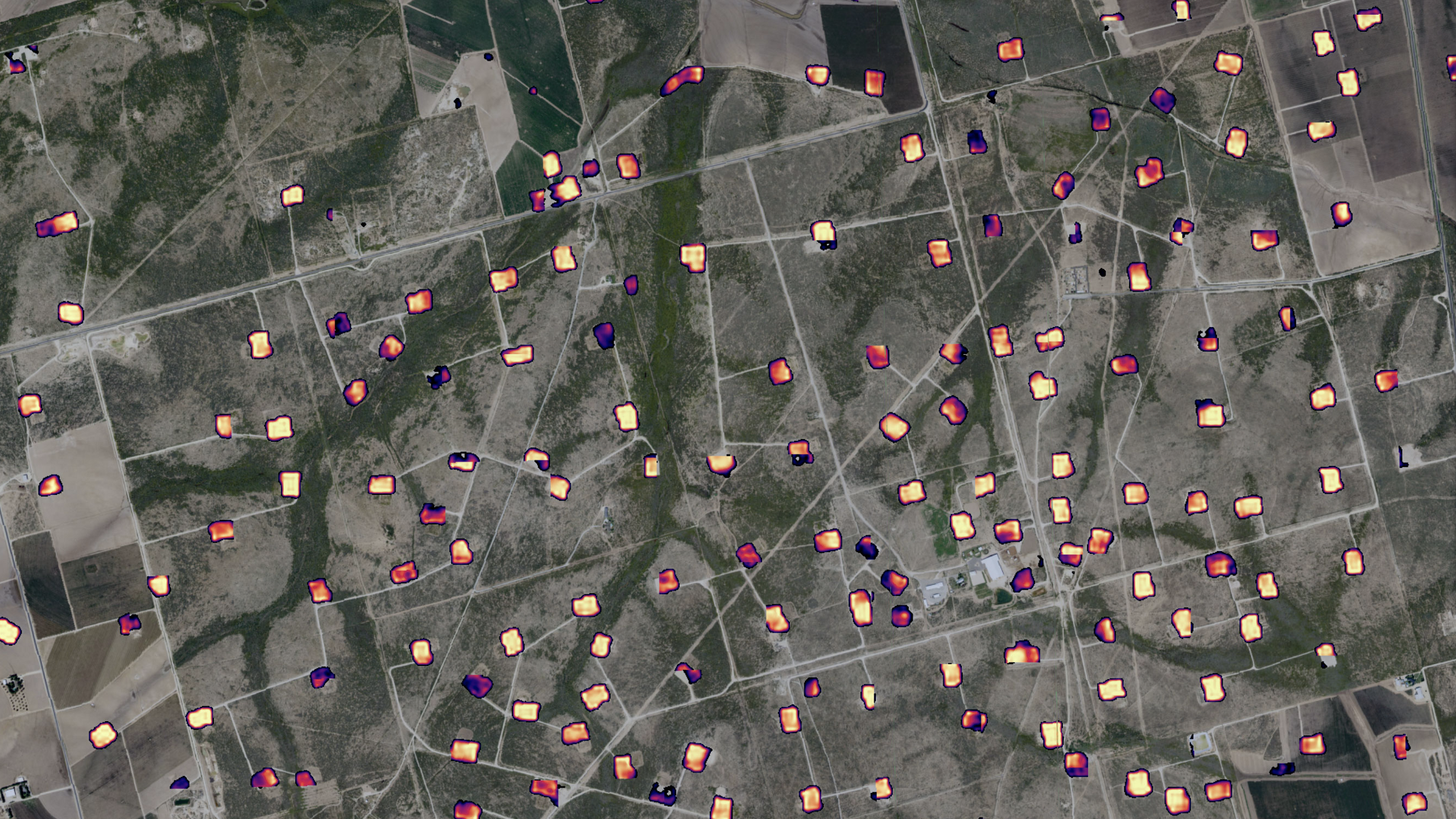
The energy industry has been buzzing about machine learning and artificial intelligence for several years now. But while industry conferences are popping up to help focus conversations on how to best use and extract business value from new technologies, very few players seem to be set up to capture the true potential of machine learning in digital transformation.
Descartes Labs works with commodities companies and enterprises with exposure to natural resources and economic infrastructure including well pads in the Permian, power generation, roads, bridges, and industrial facilities. These enterprises have a deep interest in the physical world and use the Descartes Labs Platform to structure their data assets for machine learning. Our ever-growing collection of satellite and other global sensor data accelerates time-to-model for data science teams so they can be more nimble and experimental in developing unique models that help predict or verify critical shifts in the market.
For example, our Applied Science team has developed exploratory signals to track the construction phases of well pads in the Permian region as a leading indicator of when new production will hit the market. The early stages of construction are clearly visible in visual imagery from Sentinel-2. The visual signal allows for the detection and monitoring of road construction, pad clearing, and holding pond fill/drain with updates every two weeks.
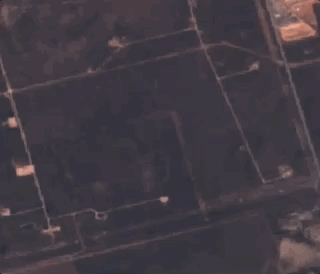
The incorporation of additional sensor data creates a more complete picture. For example, SAR highlights metal, which allows the viewer to pick up completion equipment and the wellhead, once installed. Thermal imagery can detect and quantify flaring activity, which can help determine when completion occurred and when gas or oil production is about to begin.
In emerging markets, longer outlooks can be valuable for understanding the expected trajectory of demand for various energy sources. Descartes Labs monitors solar and wind generation infrastructure to estimate the energy supply from renewable sources in even the most opaque emerging markets.
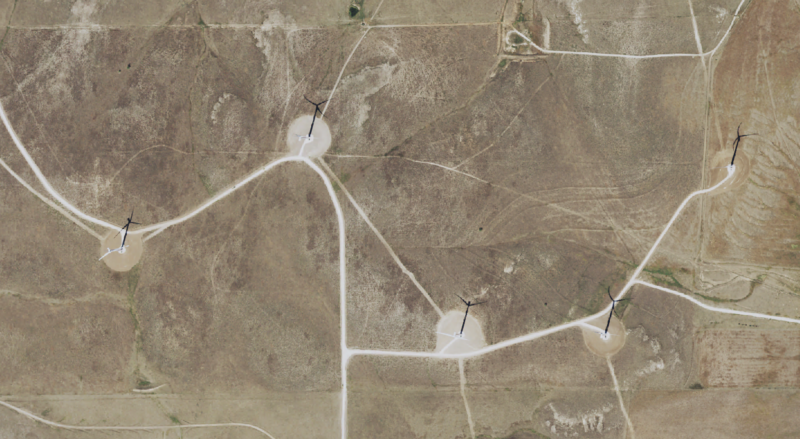
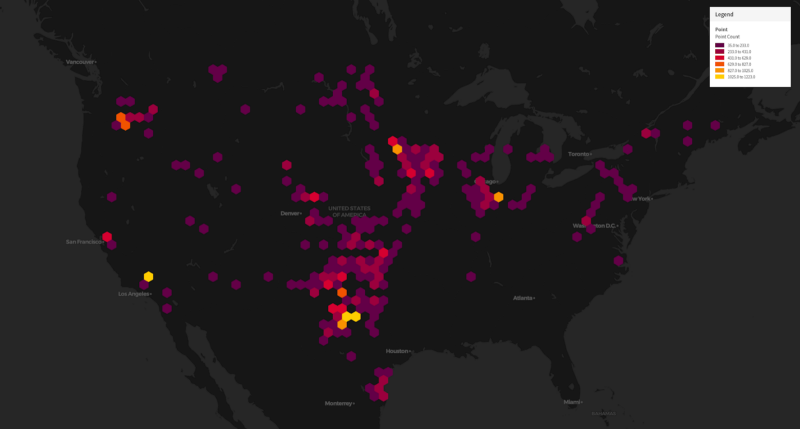
Finally, beyond supply and demand factors, physical signals can help with an organization’s operations and compliance. For instance, tree and building detectors can monitor encroachment on pipelines or infrastructure networks in near-real time.
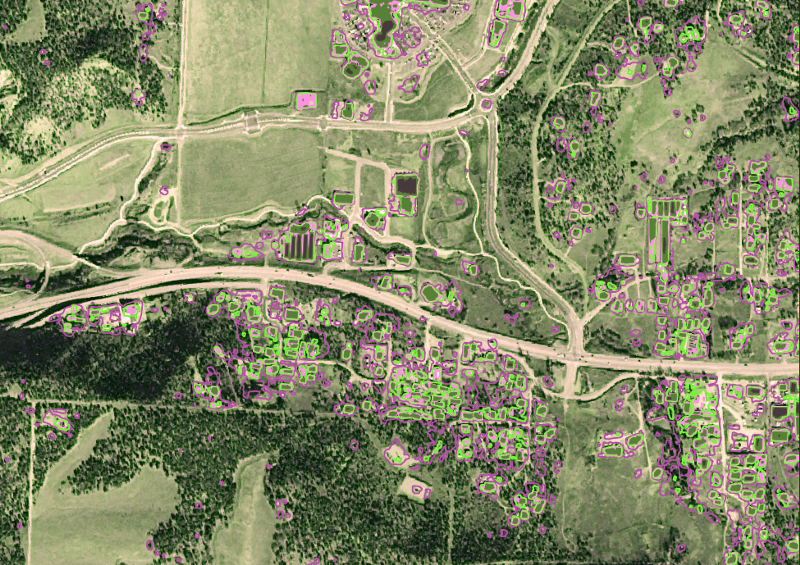
While the menu of external physical observations is both powerful and constantly improving, perhaps the most valuable data available to an organization is its own history of observations, operations, and decisions. These data can be leveraged to train models, validate assumptions, or steer new research. The Descartes Labs Applied Science team works with clients and partners to understand both the institutional knowledge and historical data available for modeling, and makes recommendations for new collections within the organization to fuel future modeling efforts. Then, we provide enterprise-grade data processing and management to enable the next generation of global-scale machine learning analytics.
This combination of commercial and proprietary data enables a leap beyond traditional intelligence products and is the foundation of the data animated enterprise. The next five years will see the buzz surrounding AI and machine learning evolve into action that will fundamentally change the future of the oil and gas industry. Enterprises will transform their operations and decision making to be driven by machine learning. This approach will enable feedback loops that both suggest optimal actions and continuously collect and incorporate new data, both from the planet and via the specific enterprise’s operation. New models, which address diverse problems across every facet of a business, will be built repeatedly, leading to greater profit, efficiency, and reliability. If you or your data science team want to find new ways to extract value from your data by combining it with a wide array of geophysical and spatiotemporal signals, contact us at solutions@descarteslabs.com to workshop ideas.
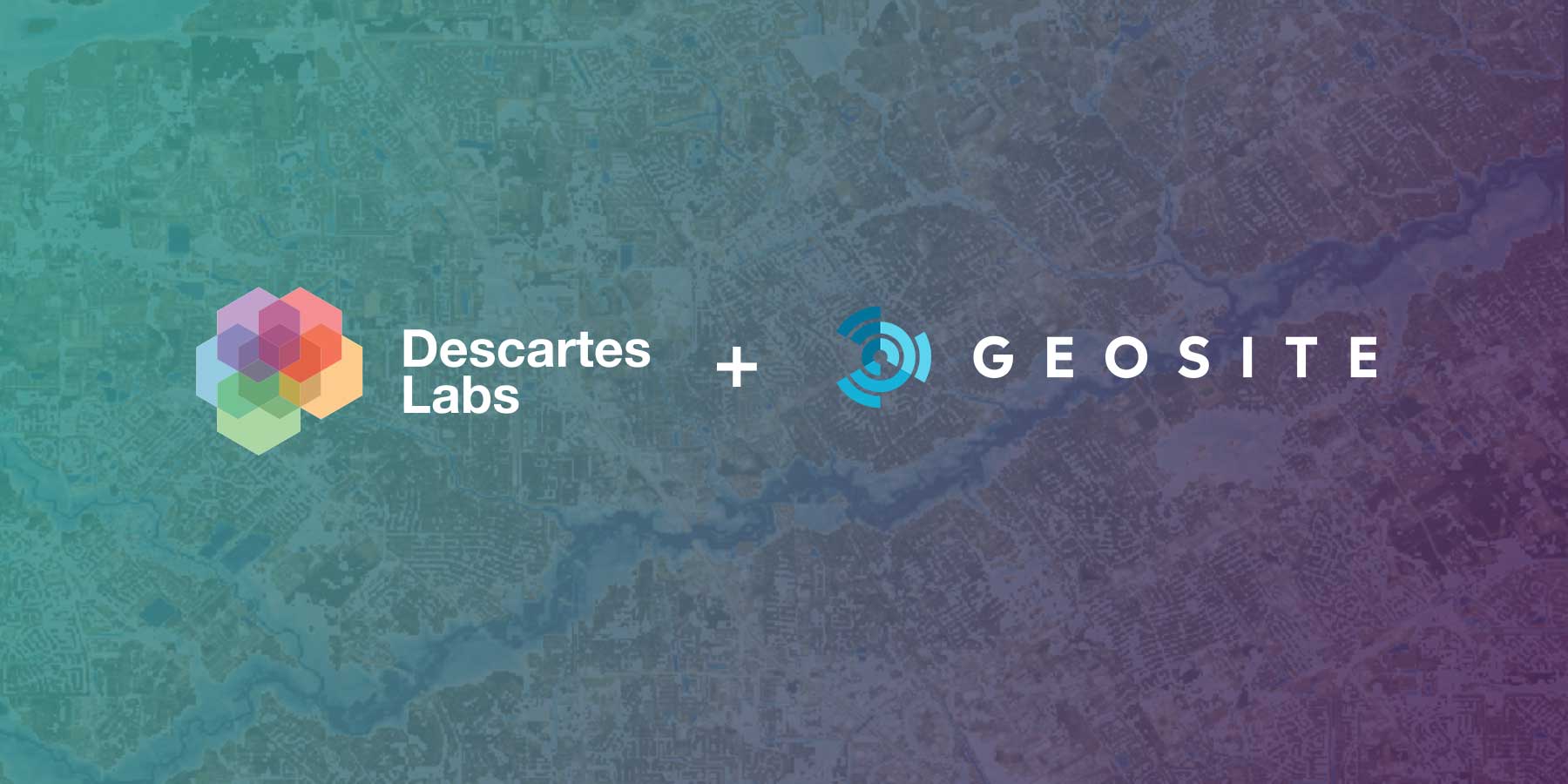
Article category: Company News
Descartes Labs acquires all of the operating assets of Geosite, a SaaS provider of geospatial...
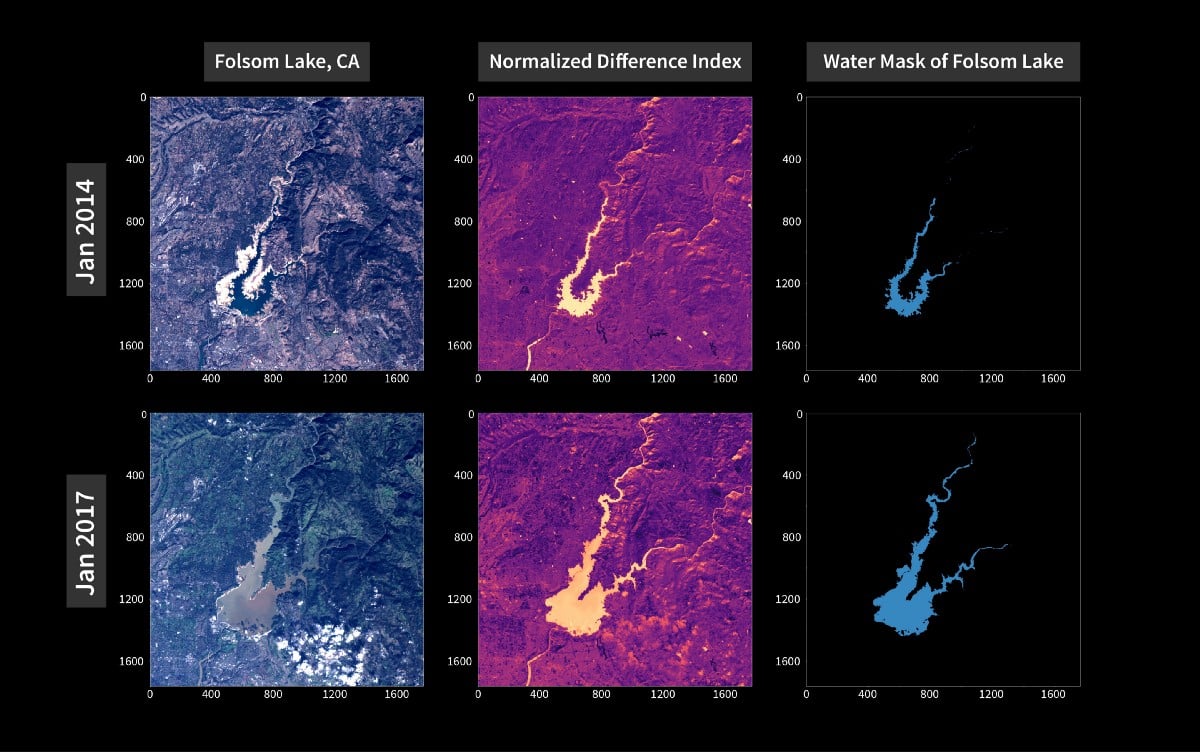
Article category: Science & Technology
From a technological standpoint, the adoption of artificial intelligence (AI) into organizations’...
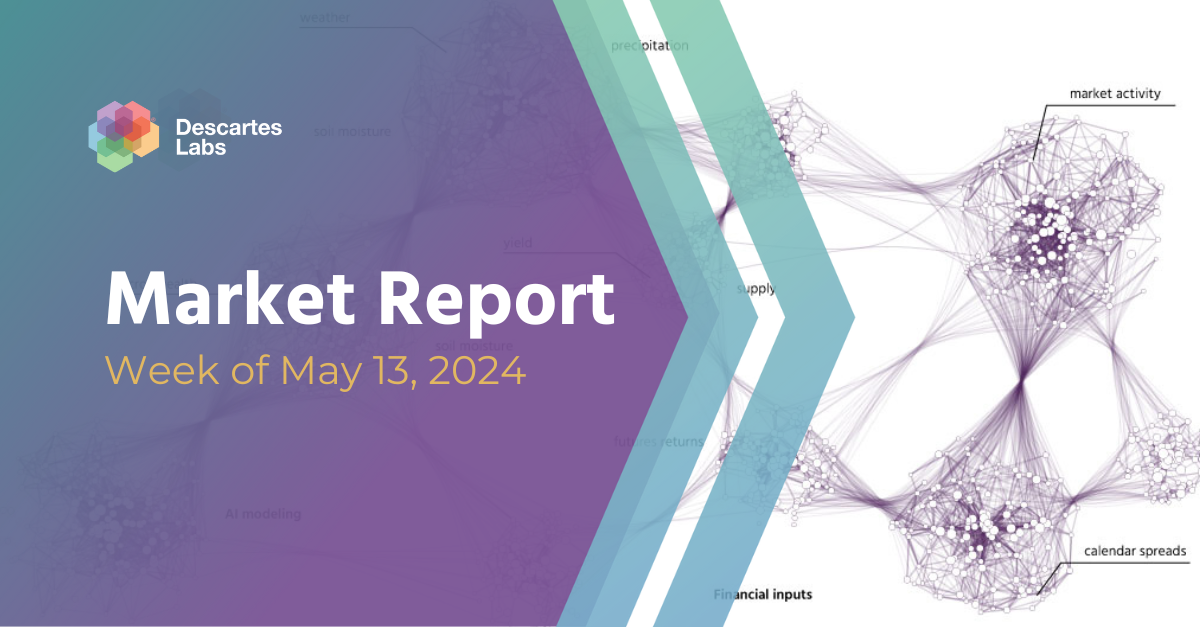
Article category: Consumer Goods, Science & Technology
Using advanced #geospatial intelligence, we bring you the #commodities market overview with...
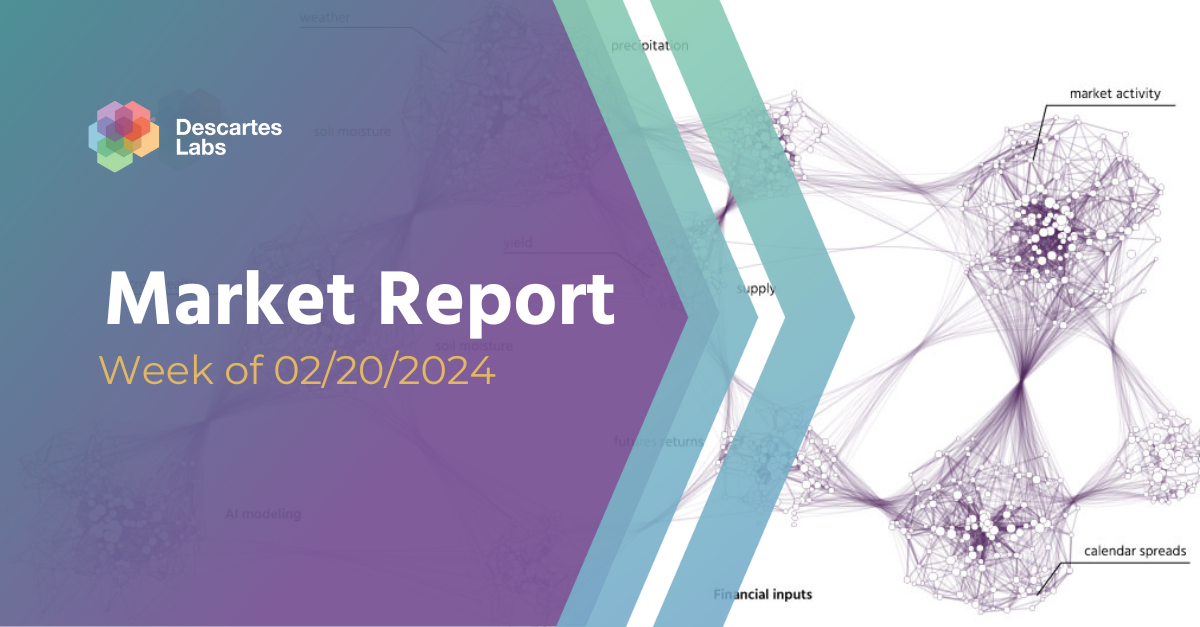
Article category: Consumer Goods, Science & Technology
Using advanced #geospatial intelligence, we bring you the #commodities market overview with...